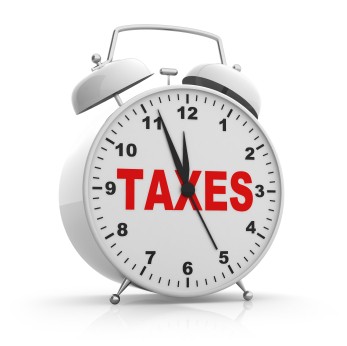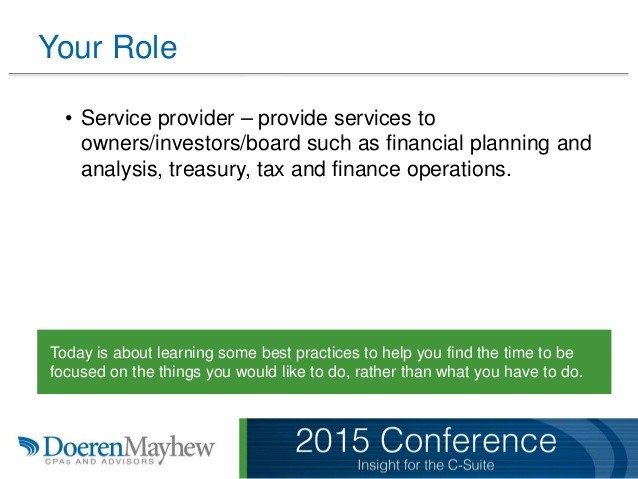Best time for tax planning
Post on: 20 Апрель, 2015 No Comment

Tax planning involves far more than scrambling in April to defer income and boost deductions.
If you want to minimize what you pay in capital gains tax, reduce your year-end tax bill, and give less of your estate to Uncle Sam, you should be aware of the short- and long-term tax consequences of all your financial moves.
One tax-savvy strategy is to contribute regularly to tax-deferred savings plans, which let you defer your tax payments until you make withdrawals.
The benefits are two-fold: The more you contribute to a 401(k) or deductible IRA, for instance, the more you reduce your taxable income for that year. Plus, the money you invest grows at a much faster rate since it’s not dragged down by taxes.
If you’re looking to reduce your taxable estate, a quick way to do that is to make tax-free gifts up to $14,000 a year per person. (For more on estate planning strategies, including trusts that serve as tax shelters, visit the Money Essentials lesson on estate planning .)
When you’re investing outside of retirement plans, you have a number of tax-smart options. There are tax-managed mutual funds, which seek to minimize the turnover in holdings and hence limit the number of taxable gains distributions to shareholders.
There are also tax-free CDs, bonds and money market funds.
But a tax-free CD or money market fund may not always save you more than their taxable cousins. Here’s how to tell which is best for you:
Compare your after-tax return on the taxable investment with the return on the tax-free investment. To figure out your after-tax return, you need to know your combined income tax bracket (federal plus state), since that determines how much of your investment income you can keep.

If you pay 28% in federal taxes and 6% in state taxes, your combined bracket is 34%, which means you keep 66% of the income the investment generates.
So if a taxable investment guarantees a 7% return, you’ll only pocket 66% of that, and will net a return of 4.6%. If a tax-exempt instrument offers less than that, you’ll pocket more with the taxable option.
Generally speaking, if you’re in a top tax bracket, you will benefit more from tax-free investments since the yield on a taxable investment would have to be very high to match your return in a tax-exempt instrument.
Another tax-friendly savings strategy: If you have a taxable account of stocks and funds, take advantage of your capital losses to reduce your tax bill.
Capital losses are allowed to the extent that you have capital gains plus an additional $3,000, said enrolled agent Cindy Hockenberry of the National Association of Tax Professionals.














